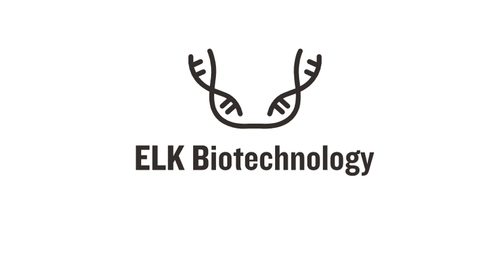Product Description
Human Serine/threonine-protein phosphatase PGAM5, mitochondrial (PGAM5) ELISA Kit | AE27853HU | Abebio
Species Reactivity: Human (Homo sapiens)
Abbreviation: PGAM5
Alternative Name: BXLBV68; MGC5352; Bcl-XL-binding protein v68|serine/threonine-protein phosphatase PGAM5; mitochondrial
Application: ELISA
Range: 0.156-10 ng/mL
Sensitivity: 0.057 ng/mL
Intra-Assay: ≤4.3%
Inter-Assay: ≤6.8%
Recovery: 0, 89
Sample Type: Serum, Plasma, Other biological fluids
Detection Method: Sandwich
Analysis Method : Quantitive
Test Principale: This assay employs a two-site sandwich ELISA to quantitate PGAM5 in samples. An antibody specific for PGAM5 has been pre-coated onto a microplate. Standards and samples are pipetted into the wells and anyPGAM5 present is bound by the immobilized antibody. After removing any unbound substances, a biotin-conjugated antibody specific for PGAM5 is added to the wells. After washing, Streptavidin conjugated Horseradish Peroxidase (HRP) is added to the wells. Following a wash to remove any unbound avidin-enzyme reagent, a substrate solution is added to the wells and color develops in proportion to the amount of PGAM5 bound in the initial step. The color development is stopped and the intensity of the color is measured.
Product Overview: Keap1 is a BTB-Kelch substrate adaptor protein for a Cul3-dependent ubiquitin ligase complex that functions as a sensor for thiol-reactive chemopreventive compounds and oxidative stress. PGAM5, as a novel substrate for Keap1. The N terminus of the PGAM5 protein contains a conserved NXESGE motif that binds to the substrate binding pocket in the Kelch domain of Keap1, whereas the C-terminal PGAM domain binds Bcl-XL. Keap1-dependent ubiquitination of PGAM5 results in proteasome-dependent degradation of PGAM5. Quinone-induced oxidative stress and the chemopreventive agent sulforaphane inhibit Keap1-dependent ubiquitination of PGAM5. The identification of PGAM5 as a novel substrate of Keap1 suggests that Keap1 regulates both transcriptional and post-transcriptional responses of mammalian cells to oxidative stress.
Stability: The stability of ELISA kit is determined by the loss rate of activity. The loss rate of this kit is less than 5% within the expiration date under appropriate storage condition. The loss rate was determined by accelerated thermal degradation test. Keep the kit at 37°C for 4 and 7 days, and compare O.D.values of the kit kept at 37°C with that of at recommended temperature. (referring from China Biological Products Standard, which was calculated by the Arrhenius equation. For ELISA kit, 4 days storage at 37°C can be considered as 6 months at 2 - 8°C, which means 7 days at 37°C equaling 12 months at 2 - 8°C) .
 Euro
Euro
 USD
USD
 British Pound
British Pound
 NULL
NULL








